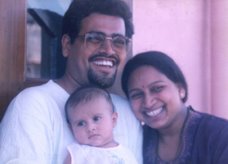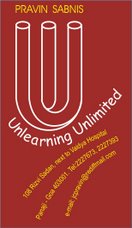‘Kyosei’ is a union of two Japanese words: ‘kyo’ means together and ‘sei’ means to live. The term was first used in academic biology to refer to symbiosis. However, the concept of ‘kyosei’ is also increasingly used in the social context as ‘living and working together for the common good’.
In an increasingly competitive, highly individualistic world, so many of us work only for our personal good. Yet we complain about the negative impact of self-centered attitudes and actions by other persons like us. The kyosei philosophy is based on the fundamental belief that only a harmonious coexistence with nature and the environment can help society achieve sustainable development.
The core tenets of kyosei are universal principles of common sense and morality This include the tenet of reciprocity and the golden rule of treating others as you would like to be treated. It also implies an understanding of our primary interconnectedness and the fact that our actions have an impact both in local (visible) and far-reaching (invisible) ways.
It is about valuing the “middle path”... like practicing moderation in personal habits and the need to find a healthy balance between self-interest and altruism. It involves the crucial preference for simplicity. After all it is the elegance of simplicity that will be better at connecting us into harmony with others and the planet.
To deserve quality of life, we have to look beyond
Let’s BE BETTER at being part of the kyosei bond!
- Pravin K. Sabnis


